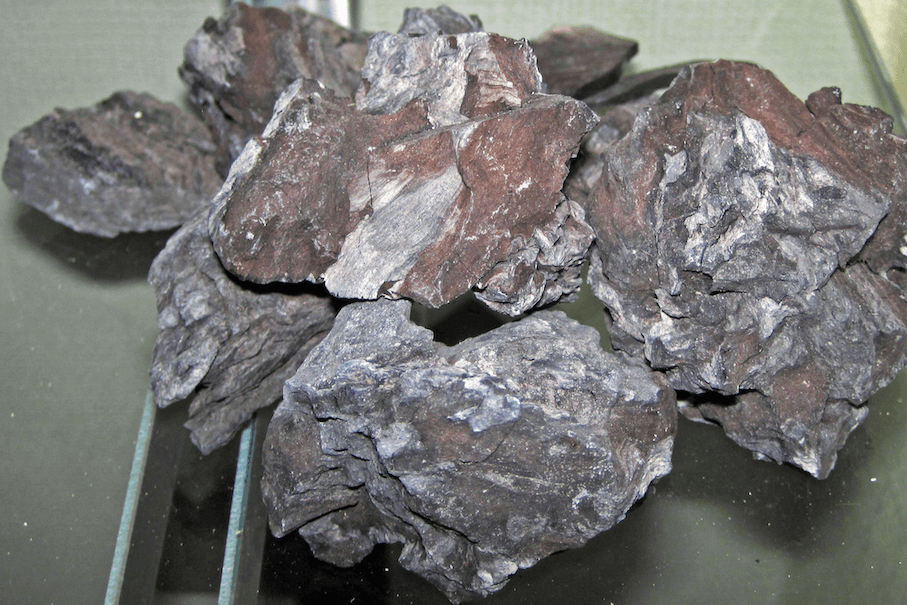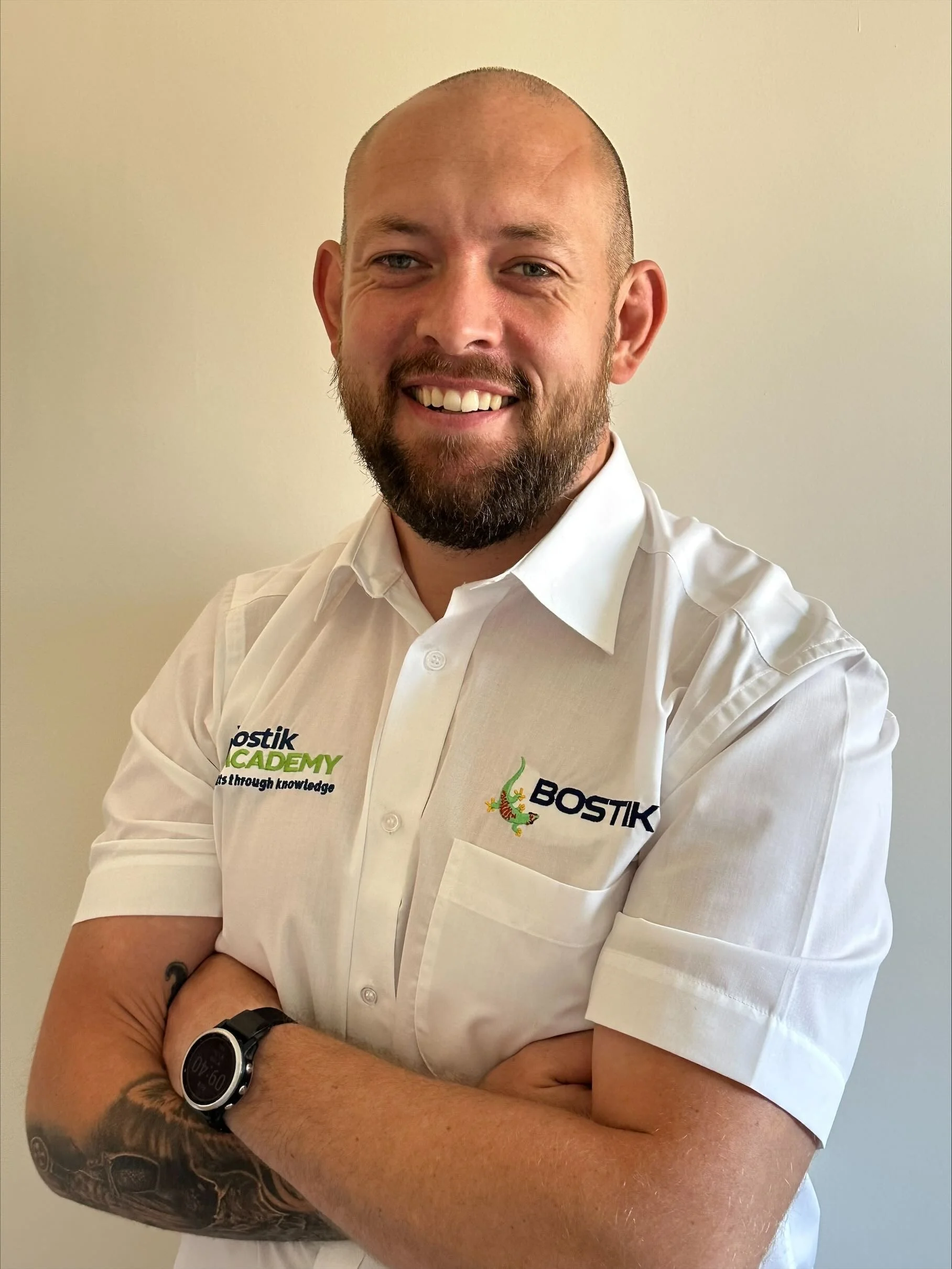When carrying out site inspections, the presence of lignite in the subfloor is becoming more apparent, not least because of the increase in the use of pumpable and calcium sulphate screeds.
The problem is, lignite is often overlooked, particularly on domestic projects where the installer may not know how to accurately identify it.
What is lignite? Let me explain.
Have you heard of the expression ‘no two trees are the same’? Well, the same can be said for lignite. It’s soft to touch as it’s a carbon-based substance that’s similar to coal, hence the black/brown colour.
It can vary from only a few particles per square meter, or in extreme cases, it may be hundreds of particles per square meter. The shape and size of the particles are varied too, but it’s the larger pieces that come with a greater risk of causing flooring failures.
So why do we see more lignite in pumped screeds? The particles are less dense than the aggregate itself, causing them to rise to the top of the surface during the placing and compaction of the product. In some situations, particularly with calcium sulphate screeds, it is not immediately obvious that lignite is present until the laitance has been removed.
Is lignite a problem? It doesn’t have to be if you take the time to understand it better.
“Have you heard of the expression ‘no two trees are the same’? Well, the same can be said for lignite.”
The presence of lignite does not have any structural implications in most circumstances. But, if left unresolved, the particles may be detrimental to surface performance in terms of appearance, wear, abrasion, cleanliness, and of migration/staining bleeding through to and effecting the finished floor coverings.
The thing with lignite is that it is moisture sensitive. It can swell significantly should a subfloor be prepared while it still has a high moisture content. It can also shrink when the floor has been forced dried. As you can imagine, a bit of a nightmare.
Having correctly identified lignite in the subfloor, how should you take care of it?
In some scenarios it can be removed simply by brushing or vacuuming. In other scenarios it can be removed mechanically, but this is often difficult and impractical. It’s never known exactly how far down into the screed you will continue to find particles.
This is why Bostik prefers encapsulation over complete removal, which is something that our HYTEC E570 ONE COAT can offer. The epoxy surface membrane is suitable for use on cementitious subfloors up to 99% RH and calcium sulphate screeds up to 87% RH. It’s also solvent-free, so suitable for all areas of project work.
Alternatively, our HYTEC P510 RENORAPID will encapsulate the lignite in just one coat, whilst priming the floor ready for your smoothing compound.
So, don’t fear, there are solutions out there that can eradicate lignite issues quickly and effectively. If you’re ever unsure of what you’re working with, the best place to start is contacting your chosen manufacturer’s technical team, who should be able to advise. At Bostik, we also offer training courses to help you identify subfloors and the products compatible with them. Contact our training manager, Paul Sycamore, if you’re interested in finding out more: paul.sycamore@bostik.com.
Written by Shane Moore, Technical Consultant


